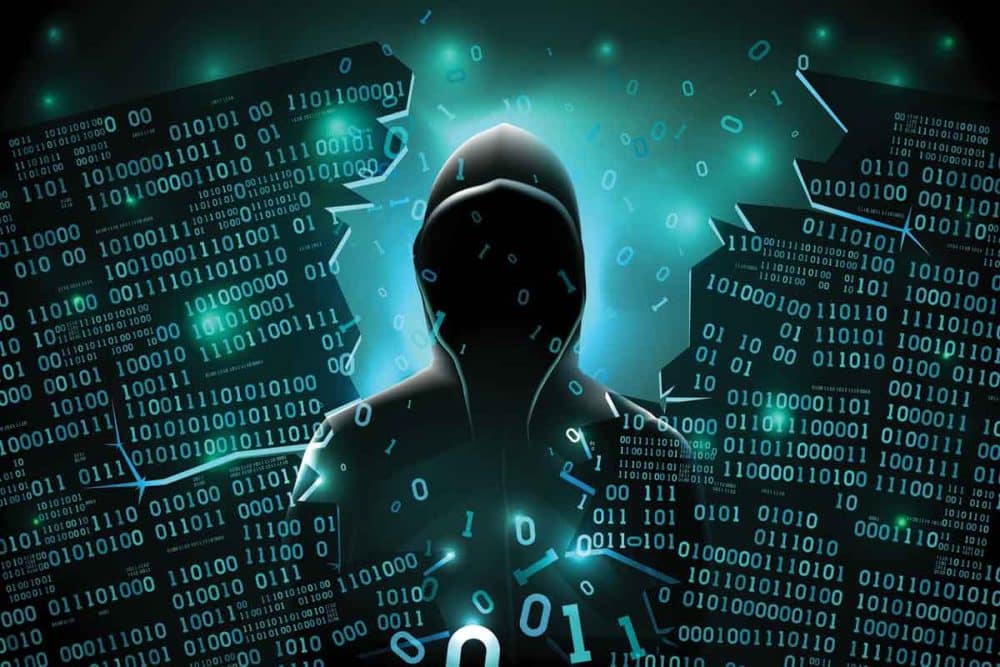After prolonged staying at the International Space Station (ISS), experienced astronaut Sunita Williams and his crew -9 colleagues successfully marked the beginning of their journey on Earth. Carefully the orchestrated departure determines the platform for their re -entry, months after the conclusion in a long -awaited splashdown after the delay in months.
An Extended Migration in Space
NASA’s astronauts, Sunita Williams, began the NASA -9 mission as part of NASA’s ongoing efforts to carry forward space research and exploration. Originally determined for a regular mission, his migration was unprecedentedly extended due to a combination of technical challenges, scheduling conflicts and weather concerns. While the delay tested the patience of the crew, it also gave him an opportunity to contribute further to important research on the ISS.
During the extended mission, Williams and his team were engaged in scientific experiments, technology performances and significant maintenance tasks to support the continuous operation of the space station. By studying the effects of microgravity on human biology to test innovative robotic systems, the crew contributed significantly to space science.
Challenges Leading to the Delay
The delays in Crew-9’s go back were mainly because of a combination of technical evaluations, spacecraft readiness assessments, and unfavorable climate situations on the distinct splashdown web page. NASA and SpaceX meticulously assessed the state of affairs to make certain a secure go back, prioritizing the health and protection of the astronauts.
One of the key issues is making sure that the Crew Dragon spacecraft become in most excellent circumstances for re-access. Any anomalies in its warmness shield, thrusters, or parachute deployment gadget should pose risks at some stage in descent. Additionally, unpredictable ocean situations performed a crucial function in determining a appropriate return window, as strong waves and high winds should complicate the recovery procedure.
The Undocking Process: A Precise Operation
After months of guidance, the SpaceX Crew Dragon capsule finally undocked from the ISS. The departure changed into a meticulously coordinated method, executed with precision to ensure a clean transition from the station’s orbit. Mission controllers at NASA’s Johnson Space Center and SpaceX’s headquarters monitored each step, ensuring that every one system was functioning optimally.
The unseen sequence included a series of automatic and manual exercises, gradually taking the spacecraft away from the ISS. With the completion of the final separation, Crew -9 withdrew its independent journey to Earth, the installation of the platform for the next important phase.
Sunita Williams: Return of a Space Pioneer
Sunita Williams, known for her flexibility and experience in space flight, spent more than 322 days in space in various missions. As one of the most skilled astronauts of a former US Navy and NASA test pilot, his contribution to space research played an important role in the formation of future missions.
Williams has participated in several extravehicular activities (spacewalk), played an important role in testing new spacecraft systems, and served as a patron for young astronauts. Their return from Crew -9 is another milestone in a prestigious career yet dedicated to pursue the boundaries of human space exploration.
Importance of Mission of Crew -9
Crew -9 Mission has been an integral part of NASA’s commercial crew program, which aims to maintain a reliable transport system for astronauts traveling from ISS. By collaborating with private space companies such as Spacex, NASA is capable of increasing its abilities, reducing dependence on foreign space agencies.
During his mission, Crew -9 astronauts worked:
- Medical and Physiological Research: Investigating the effects of long -term spacecraft on the human body, important to plan deep space missions of the future.
- Robotics and AI Testing: Increasing automated systems that can help astronauts in the operation and search of planets.
- Earth and Space Overview: Climate patterns, atmospheric changes and monitoring of celestial events from orbit.
- International Partnership: To cooperate with global space agencies to carry forward shared goals in the human spacecraft.
Re-entry and Splashdown: The Final Journey Home
With the complete ignorance, the -9 team will spend several hours revolving around the earth before starting their deorbit burn. This maneuver will decrease the speed of the spacecraft so that it can enter the atmosphere of the planet. The reentry is one of the most important stages of the mission, as spacecraft will experience extreme temperature and gravity forces.
The crew will protect the capsule from intensive friction during the heat shield dynasty of the dragon. As it is near the surface, parachutes will deploy to slow down its speed, ensuring a safe splashdown in the sea. NASA and SpaceX Recovery teams will be on standby at the specified splashdown site to immediately recover astronauts.
What’s next for Sunita Williams?
Returning to Earth, Williams will undergo a comprehensive medical evaluation to assess the effects of their prolonged living in microgravity. NASA scientists will study their physical and psychological reactions, which will provide valuable insight into human adaptation for space situations.
Williams will also participate in debriefing sessions to share their experiences, contributing to mission improvements for future astronauts. Given her expertise, she can play an important role in the upcoming Artemis missions, which aims to return humans on the moon as a stepping stone to search for Mars.
A win for Space Exploration
As Crew -9 leaves the ISS and Sunita Williams leaves at home for a long -awaited journey, the mission stands as a testament for the flexibility and determination of astronauts and space agencies worldwide. Despite unexpected challenges, the mission successfully contributed to pursue space science and human spaceflight capabilities.
The return of Williams is not only at the end of a mission, but a step towards the future discovery beyond the Earth’s orbit. His dedication and contribution will inspire generations of astronauts, engineers and scientists working towards the next great adventure of humanity in space.
With every mission, we go closer to unlock the secrets of the universe and pave the way for deep space exploration. As the world sees the re -entry of crew -9, one thing is certain -Spaceflight remains one of the most courageous and extraordinary efforts of humanity.










